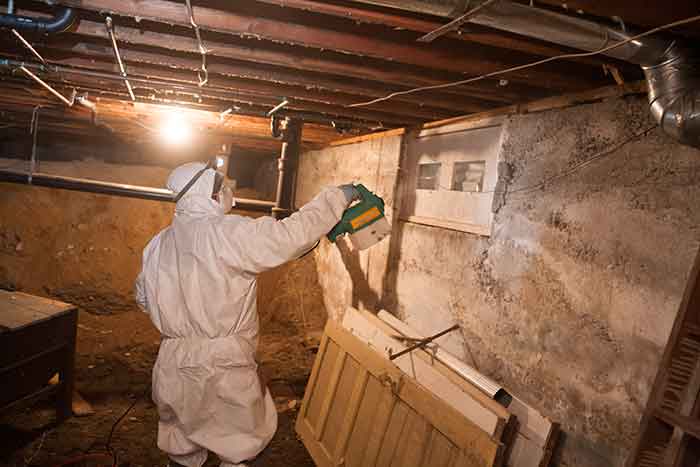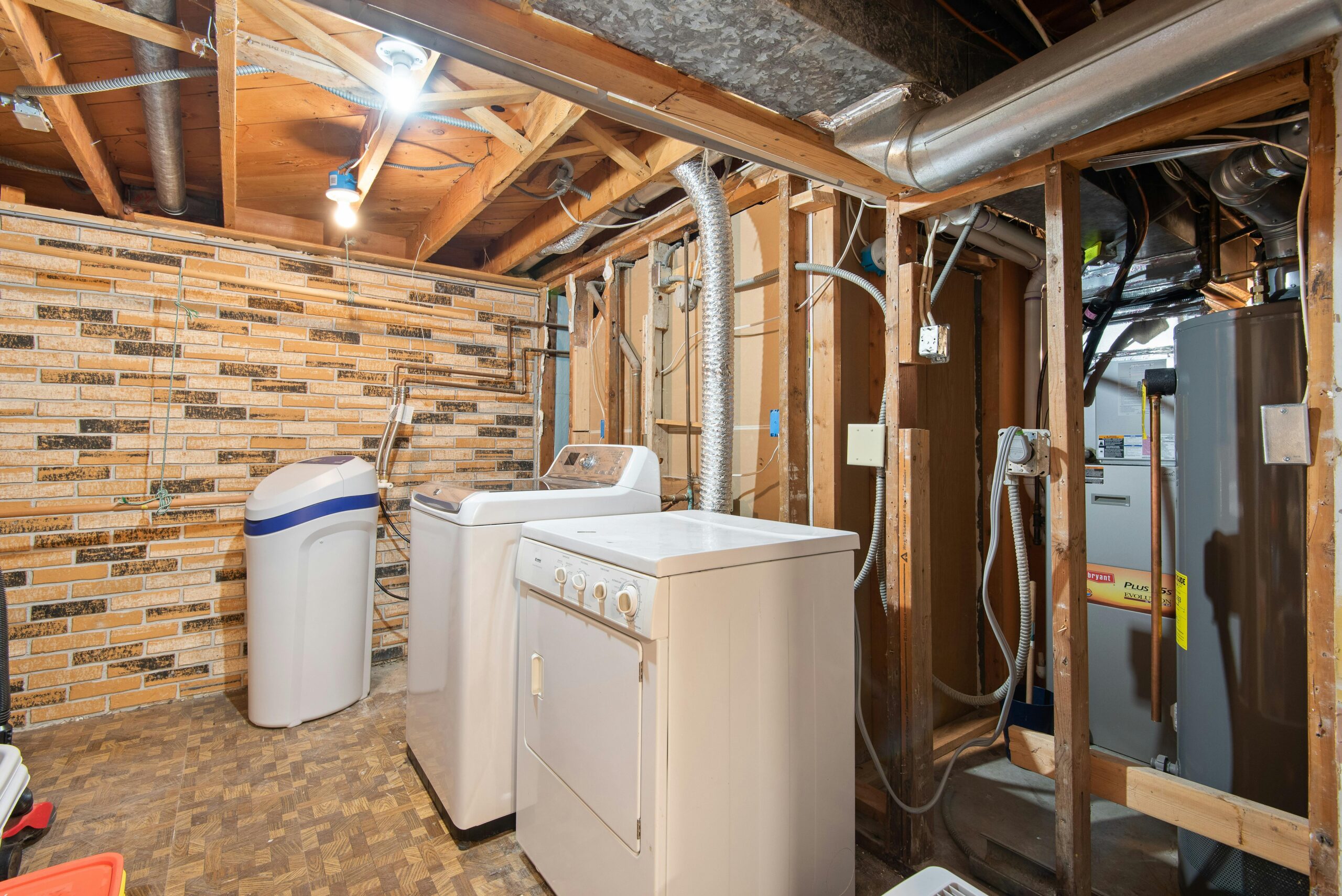Did you know there are over 1,000 species of mold in the United States? While many of these are invisible to the naked eye, they can cause serious problems to your health and your home. If you’ve been feeling sick for a long time without a diagnosis, you could have a problem with mold in your crawl space.
The bad news is, mold causes more problems than you might have thought. Here are seven weird things that can happen once these nasty spores start to grow and multiply in hour home.
1. Musty Smells
Most species of mold give off an unpleasant, musty smell. Often, when you can’t see mold spores, you can still smell them. because it’s often coming from deep within your home, this smell can be impossible to get rid of no matter how much you clean.
Never ignore musty smells, as finding and taking care of mold quickly is one of the best ways to avoid bigger problems.
2. Unrelenting Allergy Symptoms
Not everyone is allergic to mold, but if you are, a growth in your home can make you miserable. Symptoms of a mold allergy are similar to that of an upper respiratory infection. They often include:
- Stuffy, runny nose
- Excessive sneezing
- Postnasal drip
- Cough
- Itchy, runny eyes
- Sinus irritation
- Sore throat
- Skin irritation or rash
The symptoms can range from mild to severe, depending on the person. You might also find that you feel worse after you’ve been in an area when the mold concentrations are higher.
3. Damage to Your Home
Mold feeds on organic materials. This means it can cause materials in your home like wood, paper, fabrics, and glue to deteriorate. This can lead to drywall rot and damage to your carpets, wallpaper, and other parts of your home.
In extreme cases, mold damage can cause your ceilings to collapse, floors to cave in, or walls to fall down! Not addressing mold in your crawl space could eventually lead to damage to your home that is beyond repair.
4. HVAC Problems
If you have mold in your crawl space, there’s a good chance that it’s also spread to other areas of your house. If it spreads into your HVAC system, it can travel through the air ducts throughout the rest of your home. Mold in your HVAC is extremely difficult to mitigate and requires the help of a trained professional.
5. Toxic Mold Syndrome
Toxic mold syndrome is one of the scariest side-effects of having mold in your home. It’s caused by exposure to certain toxic forms of mold. Symptoms include:
- Mental confusion
- Memory loss
- Difficulty concentrating
- Insomnia
- Loss of appetite
- Anxiety
- Depression
Although toxic mold syndrome isn’t common, it is very serious. If you think you’re suffering from this, you need to consult with a physician right away. Professional mold remediation and proper medical treatment can often help with symptom relief.
6. Decreased Home Values
Although toxic black mold doesn’t seriously affect very many people, there’s been a lot of buzz about it in the news. This has created fear among homeowners and potential buyers. If mold is found in your home when you’re trying to sell it, you could experience a decrease in offers and, ultimately, a lower sale price.
Before placing your home in the market, it’s smart to have your attic crawl space inspected. This gives you the chance to find and fix any mold issues before they’re found by the buyer’s inspector.
7. Frustrating Removal Attempts
Some homeowners try to remove mold themselves and find the process extremely frustrating. Not only is it extremely messy and time-consuming, but you also may not get it all out on the first try.
There are plenty of other reasons why mold removal is a less-than-ideal DIY project, Here are just a few of the most serious concerns:
- Special supplies and equipment is needed for proper removal
- Exposure during removal can cause allergy symptoms or more severe illness
- Cross-contamination is a strong possibility
- It’s easy to accidentally spread the mold to other areas of your home
When it comes to mold removal, it’s always best to leave the job up to trained professionals.
Tips for Preventing Mold Growth
As they say, an ounce of prevention is worth a pound of cure. Taking steps to ensure you don’t get mold in the first place will save you a lot of time and headaches. Here are some of the best tips for preventing moisture causing mold growth in your home.
1. Avoid Water Build-Up
Mold thrives in moist environments. Clean up any moisture or leaks as soon as you notice them. Keep damp rooms like bathrooms well-ventilated and wipe your shower dry after each use.
2. Invest in a Dehumidifier
If you notice condensation or other signs of humidity in your home, purchase a couple of quality dehumidifiers. Keep them in your basement and any other areas where moisture is an issue. Also, make sure to clean them every week so mold can’t build up inside.
3. Direct Water Away from Your Home
Always keep your gutters clean and free of debris. This helps ensure rainwater stays away from your walls and foundation. Also, check the ground slope to ensure water flows outward instead of into your basement.
4. Keep an Eye on Your Utility Bills
Unusually high utility bills could indicate that there’s a leak somewhere. Always investigate this issue, as it can help you catch a potential problem you might not otherwise have noticed.
5. Improve Your Home’s Air Flow
A home with good airflow is less likely to breed mold spores. Try keeping furniture away from the walls. Open doors to closets and other rooms that might hold onto the cooler air.
6. Schedule Regular Inspections
Have a professional regularly inspect your crawl space, make any necessary repairs, and check your insulation. This will help you detect problems before they start and fix any small issues before they turn into big ones.
Don’t Let Mold in Your Crawl Space Get You Down!
If you think you might have mold in your crawl space, there’s no reason to panic! Our experts know exactly what to look for and how to get rid of the problems we find. Give us a call today at 866-673-9626 or complete our online request form to schedule a crawl space mold removal estimate.



